Green roofs can benefit wildlife – One of the many benefits of installing a living green roof is the appeal it will have for wildlife. Different types of green roofing will have different effects on ecology but whichever type you choose it will:
- Create new habitats and food sources for insects and birds
- Aid conservation of endangered species
- Increase biodiversity – particularly in urban areas
Plants To Attract Pollinating Insects
Green roofs have been shown to provide new homes and hunting grounds for a range of creatures including beetles, spiders, and other invertebrates. The right type of green roof can also be vital for providing butterflies and bees with a source of food. For this purpose, they must at least flower in the summer months, but some species have particular plant requirements.
Plants that are good for both creating a green roof and attracting pollinating insects include:
- Sedums – have a particularly long flowering season producing both pollen and nectar throughout the warmer months. They have also been shown to promote the growth of other wildflowers that bees and butterflies love.
- Hawkbits – a good source of food for most types of butterflies, bees, flies, and some beetles.
- Trefoils – these wildflowers are loved by most butterflies. The Birdsfoot Trefoil is a favourite of the Red-tailed Bumblebee.
- Viper’s bugloss – an early bloomer and very successful at attracting bees.
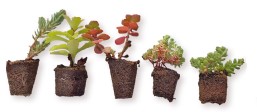 |
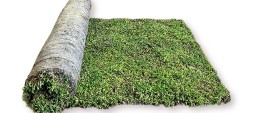 |
|
 |
 |
Green Roofs Help Create Biodiversity In Your Garden
Living green roofs help support biodiversity by providing ecological communities in empty space. Creating or expanding habitats can increase the number of different types of both plant and animal species in an area. It will also give allowance for the growth of existing populations.
The best way to achieve biodiversity in any area is to vary surface textures. This can be done by:
- Using a range of different plants and substrates
- Creating hills, slopes, and trenches
- By adding in natural extras like rotting wood
Doing so will emulate a range of different ecosystems and habitats and help you get the most out of your green roof. For example, a sedum matting could be combined with patches of crushed stone and small piles of old wood.
It is particularly important to promote biodiversity in urban areas where existing habitats have either been removed or made smaller to make way for construction. Studies have shown that green roofs can make a viable impact on conservation. For example, they have been proven to increase food sources for the endangered Black Redstart that prefers to live in towns and cities. They’ve also had a positive impact on skylarks and a number of invertebrates.
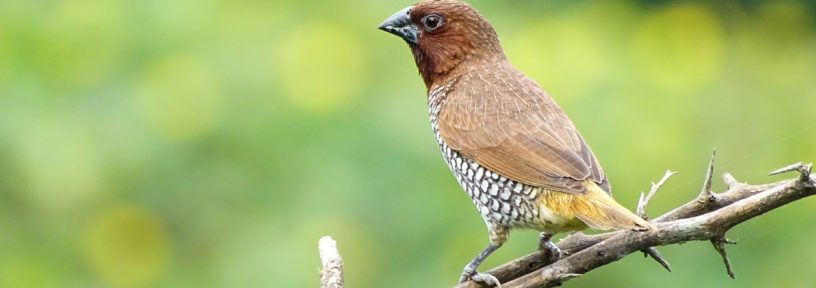
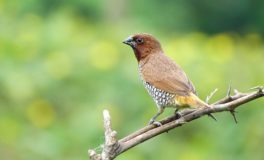 Coping with bird damage on a green roof
Coping with bird damage on a green roof 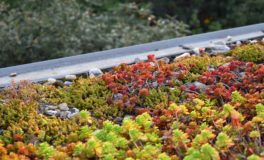 Green roofs for environmentally friendly urban development
Green roofs for environmentally friendly urban development 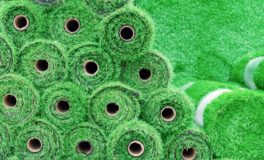 The debate over artificial lawns & wildlife
The debate over artificial lawns & wildlife 

